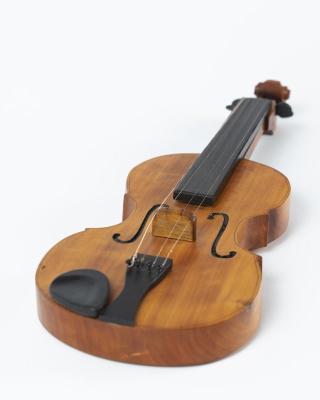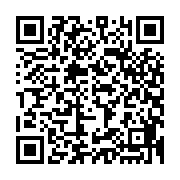Photograph of Japanese Hospital
Broome was a town of excesses during the roaring days of the pearling industry. Prostitution, brothels and opium dens operated in the boarding houses and laundries of Sheeba Lane and drinking and gambling carried on non-stop during the Lay-Up period of the cyclone season when 3,000 Asian divers and crew would come ashore. The only town in Australia granted an exemption from the constraints of the Immigration Restriction Act of 1901 meant that Asians wishing to live and work in Broome did not have to sit the infamous Dictation Test. A mortality rate of twenty percent in the pearling industry together with race riots, beriberi, influenza and leprosy prompted Sr Mary Albertus Bain in 1911 to note "The town abounded with cripples. Human wrecks in all stages of paralytic helplessness sitting outside their shacks…and in their eyes a look so pitiful that even the case hardened Irish pearling masters would cross themselves." It is no wonder the Japanese community, which constituted the majority of the Asian population of Broome, began lobbying for their own hospital. The only hospital in Australia’s history ever owned and operated by a foreign speaking power opened when Dr Suzuki and his wife arrived in Broome in 1910, to a storm of protest. At the Doctor’s request, Mother Antonio agreed to allow her Sisters of St John of God to be the nursing staff. Having already built a bond across language, culture and religion with the poly ethnic people and in the stratified society of Broome, the Sisters’ work aided a gradual community acceptance of the newly named “Maza-Antoni” hospital. Within two years the hospital had proven to be a provider of outstanding medical care. A succession of four excellent Japanese doctors followed until this chapter of Australia’s history concluded with the closure of the hospital in 1928.


